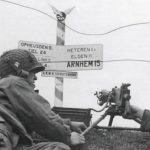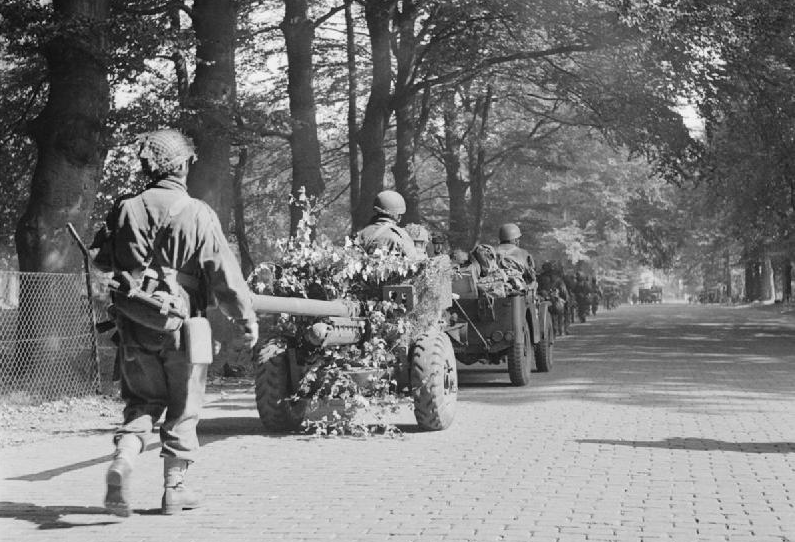September 17: British 3d battalion gets stuck at Hartenstein in Oosterbeek
On the first day of Market Garden, three British paratrooper battalions advanced from the landing areas at Wolfheze to Arnhem. The third battalion under Colonel John Fitch had been ordered to take the road to Arnhem via the Utrechtseweg. The majority of the battalion did not get further than the Hartenstein hotel in Oosterbeek on…















